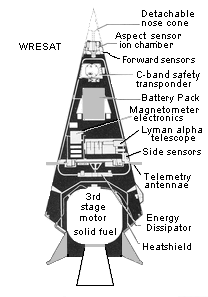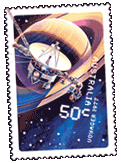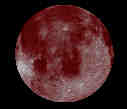 |
The 7th Australian Space Science Conference will be held in
Sydney. Presented by the National Committee for Space Science
and the National Space Society of Australia, it will feature 12
invited speakers and many oral and poster presentations. Topics
covered include magnetospheric, ionospheric and atmospheric science,
the US Moon-Mars Global Exploration Strategy, space propulsion,
education and outreach, space business, planetary science,
astrobiology, remote sensing, medical aspects in space, and spacecraft
technology. More details can be found at:
Australian Space Science Conference
|





 For more details and ordering information see:
For more details and ordering information see:


